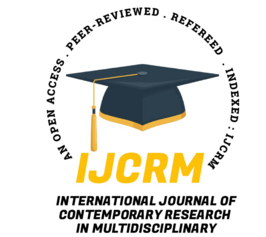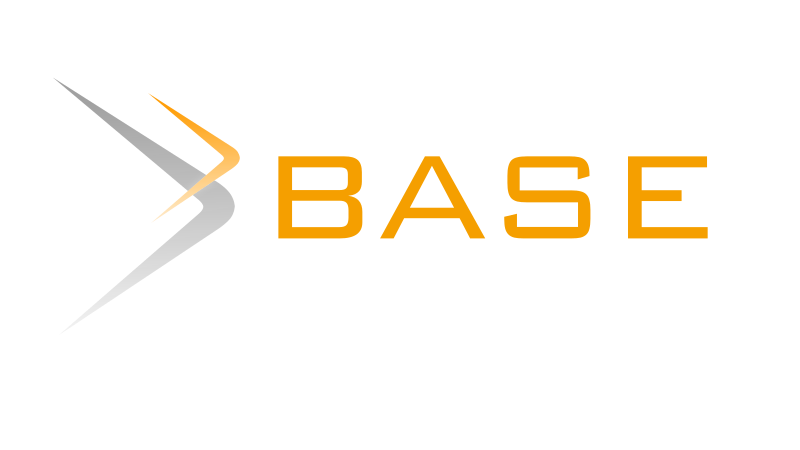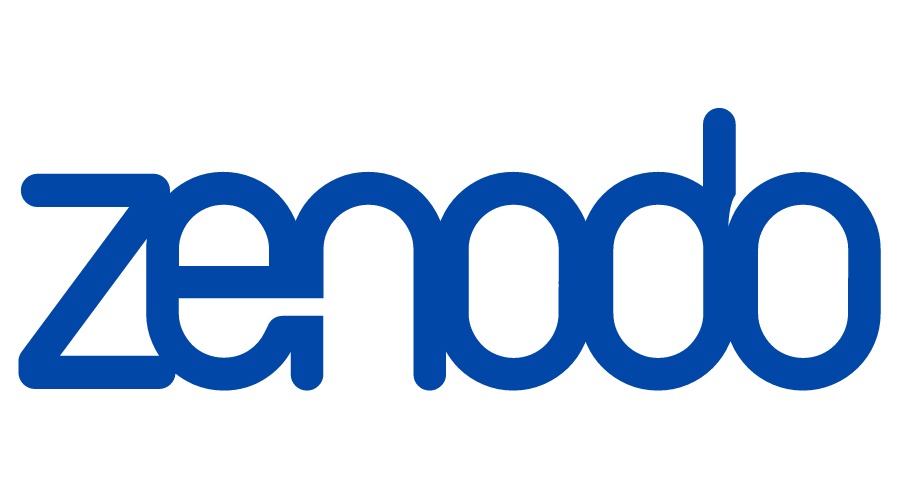International Journal of Contemporary Research In Multidisciplinary, 2025;4(1):76-79
NAAC Accreditation: Indian Higher Education
Author Name: Arun Kumar Singh;
Paper Type: review paper
Article Information
Abstract:
The National Assessment and Accreditation Council (NAAC) was founded to assist volunteer organizations with self-evaluation. Through accreditation and evaluation, NAAC has been attempting to raise the standard of higher education for the last two years. It has had a major influence on raising the standard of higher education. In its updated accreditation system, NAAC has made it more robust, transparent, objective, ICT-enabled, and surmountable. The self-study report has been transformed into a matrix that is both qualitative and quantitative. Additionally, starting in the academic year 2023–2024, AQAR is being recommended as a qualitative and quantitative matrix. This article discusses various aspects of the Indian higher education system's accreditation process using parts of the NAAC's updated accreditation framework. This framework takes into account various enhancements and revisions to the accreditation process. An updated accreditation framework refers to the evolving standards and practices that accrediting bodies adopt to improve the accreditation process and better meet the needs of institutions, industries, and society. With the growing emphasis on quality assurance, accountability, and continuous improvement, accreditation systems worldwide adapt to changing educational, organizational, and regulatory environments. These updates may involve new evaluation criteria, more flexible processes, and a focus on outcomes-based assessment.
Keywords:
Assessment and Accreditation (A&A); Higher Education; Quality Assurance; Higher EI; and the Revised Accreditation Framework (RAF)
How to Cite this Article:
Arun Kumar Singh. NAAC Accreditation: Indian Higher Education. International Journal of Contemporary Research in Multidisciplinary. 2025: 4(1):76-79
Download PDF





